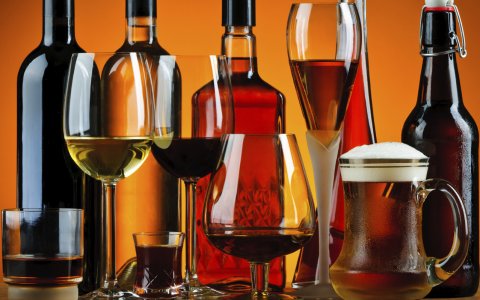The effect of alcohol outlets, sales and trading hours on alcohol-related injuries
Background and Aims: Few studies have investigated the combined effects of alcohol sales, outlet numbers and trading hours on alcohol-related harms. This study aimed to test whether associations: (i) exist between alcohol-related emergency department (ED) injuries and alcohol sales and counts of outlets; (ii) vary between on- and off-premises outlets; and (iii) vary by trading hours conditions [extended trading permits (ETP) versus standard hours].
Design: Panel study using 117 postcodes over 8 years (2002–10): 936 data points.
Setting: Perth, Australia.
Participants: ED injury presentations, aggregated to postcode-level.
Measurements: Alcohol-related injuries were identified using time-based surrogate measures: night injuries (n = 51 241) and weekend night injuries (n = 30 682). Measures of alcohol availability included number of outlets with standard and extended trading hours and mean sales per postcode. Negative binomial regression modelling with random effects was used to examine associations between availability and alcohol-related injury, controlling for socio-demographic characteristics.
Findings: (i) Night injuries were associated significantly with counts of on-premises outlets [incident rate ratio (IRR) = 1.046; 95% confidence interval (CI) = 1.014–1.078] and sales per off-premises outlet (IRR = 1.019; 95% CI = 1.004–1.035); (ii) counts of on-premises outlets were positively associated with alcohol-related injury while counts of off-premises outlets indicated a negative association; and (iii) weekend night injuries increased by about 5% per on-premises outlet with an ETP (IRR = 1.049; 95% CI = 1.015–1.084) and by less than 1% for outlets with standard trading hours (IRR = 1.008; 95% CI = 1.004–1.013).
Conclusions: Regions of Perth, Australia with greater off-premises alcohol sales and counts of on-premises alcohol outlets, particularly those with extended trading hours, appear to have higher levels of alcohol-related injuries.











